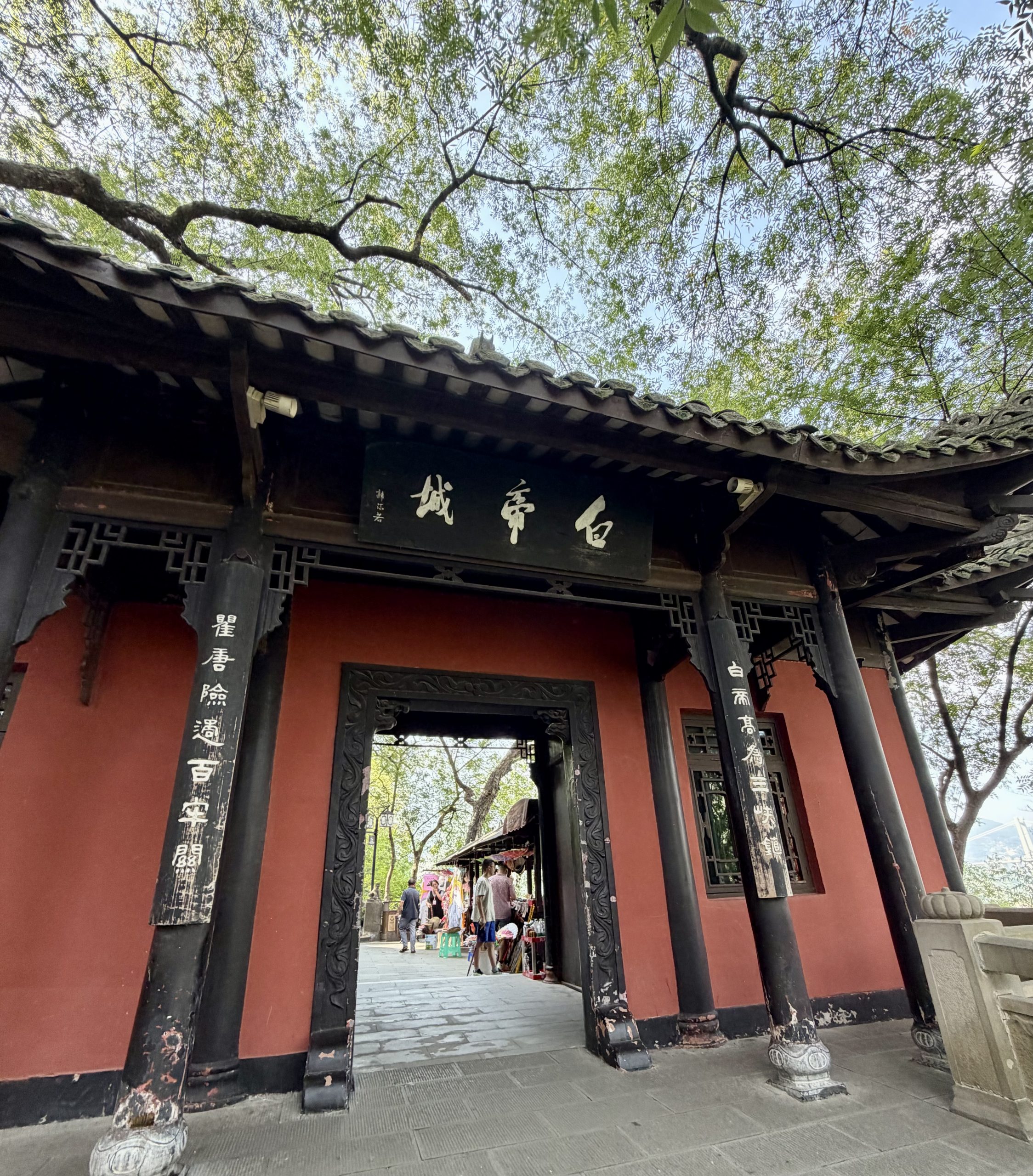On the third day of our Century Legend Yangtze River cruise, Rosa and I joined a shore excursion to one of the most legendary places in Chinese history—the White Emperor City, or Baidicheng in Chinese. For nearly two thousand years, this small city perched above the Yangtze River has lived vividly in the imagination of generations of Chinese people, largely because of a timeless poem written by Li Bai, the immortal poet of the Tang Dynasty.

As we disembarked and looked toward the mountain shrouded in mist, Li Bai’s verses echoed in my mind:
“A morning farewell to Baidi in rainbow clouds,
A day of returning one thousand li to Jiangling.
With the unending cries of monkeys on either shore,
The light boat has since passed ten thousand heavy mountains.”
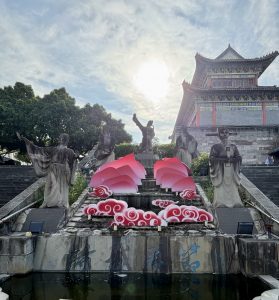
Nearly every Chinese schoolchild knows this poem by heart. Li Bai wrote it about 1,300 years ago as he departed from this very place, marveling at the breathtaking speed of his journey downstream through the Three Gorges. Of course, no boat could travel a thousand li—about 310 miles—in a single day, even with the Yangtze’s swift current. But that poetic exaggeration captured the river’s power, the poet’s exhilaration, and the grandeur of China’s landscape in just a few lines.
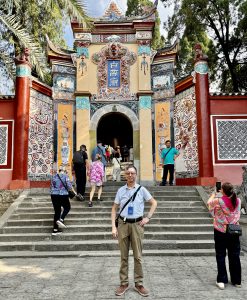
I had long dreamed of visiting this fabled city, inspired by Li Bai’s words. Now, standing on the same riverbank where the poet once stood, I felt a deep connection with both history and imagination.
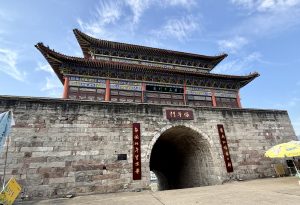
The White Emperor City is not only a poetic landmark but also a stage for one of China’s most moving historical dramas. It was here that Liu Bei, the founding emperor of the Shu Kingdom during the Three Kingdoms era, entrusted his young son to the brilliant strategist Zhuge Liang before his death. The story of loyalty, duty, and wisdom has been told for centuries, and being here made the past feel remarkably alive.
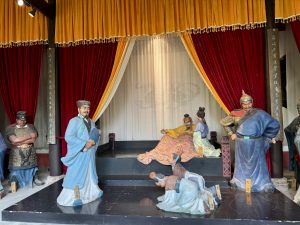
Yet the place we visited is not the original Baidicheng. The Three Gorges Dam, completed about twenty years ago, raised the river’s water level so high that the ancient city now lies beneath the surface. What we see today is a meticulously rebuilt replica, reconstructed on higher ground using materials salvaged from the old site. It stands as both a monument to memory and a testament to how deeply the Chinese people value their cultural heritage.
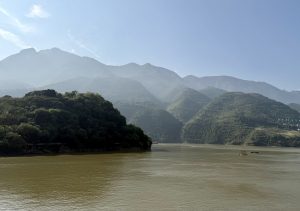
The reach the White Emperor City, we had to climb about 500 stone steps. Since I was too weak to climb, the tourist guide arranged me a bamboo sliding chair carried by two local people. I was a little bit shy and nervous to be carried by other people, but the tourist guide told me that this is another tourist attraction here to help the weak and senior tourists to get to the destination.
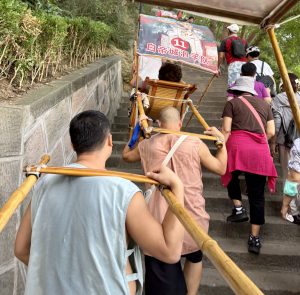
From the top of the new White Emperor City, we looked out over the rolling river and misty mountains—the same scene Li Bai once praised. The Yangtze shimmered under the morning light, winding through cliffs that marked the beginning of the Three Gorges, the most spectacular stretch of our cruise route.
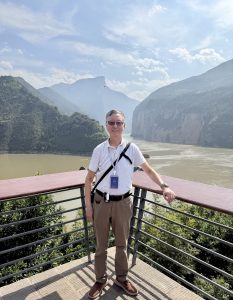
As I was carried back by the bamboo sliding chair toward the port, I thought about how poetry, history, and nature all converged here. The White Emperor City may have been reborn on a new mountaintop, but its spirit—woven through Li Bai’s verse and Liu Bei’s story—still flows freely with the Yangtze, eternal and unending.

